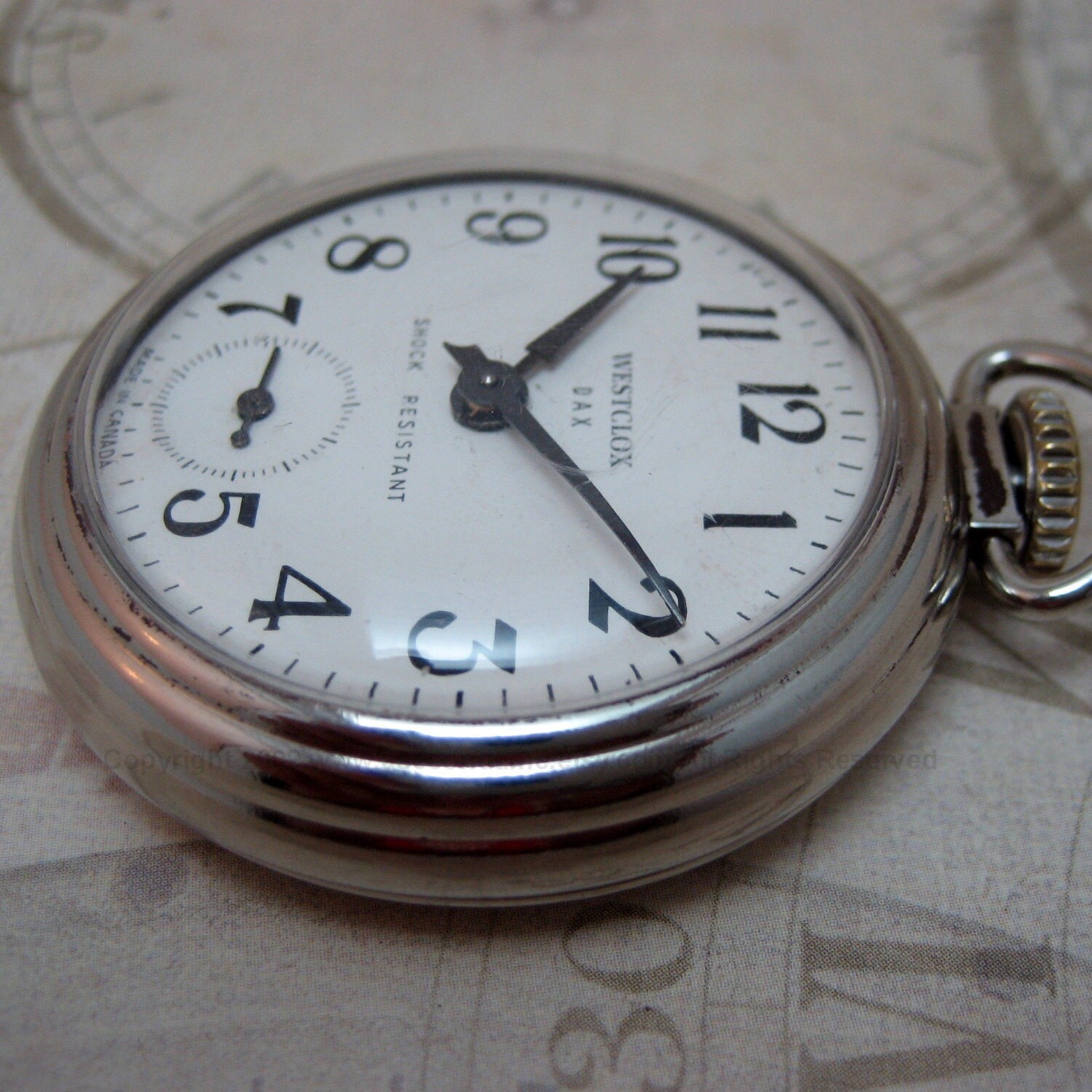
For some First Peoples communities, seeing images or hearing recordings of persons who have passed, may cause sadness or distress and, in some cases, offense. CULTURAL SENSITIVITY MESSAGE – Please readįirst Peoples of Australia should be aware that the Museums Victoria Collections website contains images, voices or names of deceased persons.

These are very collectible today!įor detailed information about the history of the parent company in the U.S., visit Bill Stoddard's excellent web site at. Look especially for the following three unbranded, round, animated alarm clocks marked MADE IN CANADA on the face and case back: the PIXIE (two kids on a rocking mushroom teeter-totter, 1930s), the EARLY BIRD (bobbing robin with worm, late 1940s/early 1950s), and WOODY'S CAFE (Woody Woodpecker, late 1950s). Look on the dial for the words "MADE BY WESTERN CLOCK CO., LIMITED, PETERBOROUGH, CANADA", "MADE BY WESTCLOX CANADA, LIMITED, PETERBOROUGH, CANADA" or, more recently, "MADE IN CANADA". They are scattered across Canada from coast to coast. Probably millions of clocks, pocket watches and wristwatches were produced in Peterborough during that long run from 1920 to around 1986. At that time the Peterborough Museum and Archives was able to acquire many of the local company's paper records. Sadly, the Westclox company itself closed around the world late in 2001 after more than a century in business. Fortunately, most of the original factory building still stands near the top of the Trent Canal lift locks. A smaller facility in Peterborough was then used as the Canadian office and distribution centre.


Production was stopped in Peterborough and the United States factories in the mid 1980s when labour became cheaper offshore. That's the purpose of that small, circular hole below the 12 on the dial of electric alarm and wall clocks from that period - the indicator was set to show white during normal operation, but power interruption tripped a lever inside to move the red colour behind the window.īattery-operated wall clocks became popular in the 1960s, first with electromechanical movements (balance wheel) and then electronic quartz movements. Westclox chose to put a power-failure indicator in their electric alarm and wall clocks throughout the 1940s and early 1950s. Later in the 1930s, self-starting electric motors were developed in the United States. The first motors were not self-starting, and so a knob on the back had to be turned to start the motor. Windup (spring-operated) models of alarm clock were always available, but electric versions were introduced in the early 1930s. However, there were many dozens of other models sold over the decades to meet changing demands. The best-known Westclox models produced throughout the company history were the Big Ben (since 1908) and Baby Ben alarm clocks, and the Pocket Ben watch.

Business boomed, and additions were added to the original building in 1927, 1935, 1941, 1949, 19. Following two successful years in rented space, the company decided to build its own factory and moved in in 1923. In 1920, Peterborough, Ontario was chosen as the site for a Canadian factory. The Western Clock Company in LaSalle, Illinois (started in the 1870s) shipped their alarm clocks north to Canada for many years early in the twentieth century.


 0 kommentar(er)
0 kommentar(er)
